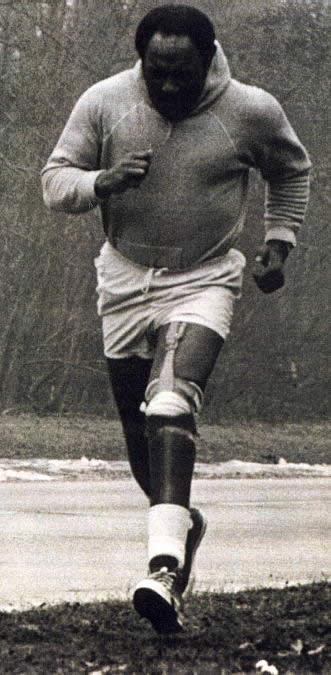Compeled by Compassion
February 10th, 2007 by xformed


“I found myself coming back from Vietnam, and I had a hard time for a few years just being able to feel. Took a lot of work by a lot of my friends, my wife, and a lot of people who loved me to allow me to reach this stage, where I could actually feel.
“Evening Magazine two years ago decided to do a little piece on all the celebrity portraits that I had done. We did a little five minute piece, it was called “Miller Time”…
“At the end of it, I said something to John Miller. I said, “You know, I’ve drawn the Pope, six presidents, and 137 Playboy playmates.” John said to me, he said, “I guess that about does it all for you.” And I said “Yep. That was it.”
“That piece made it into the Evening Magazine piece. I believe that piece is why then – the next day it was distributed around the country – I believe that that comment is why I’m standing up here today.
“Two days after that piece aired across the country I got a call from a young woman in Boise, Idaho. Her name was Cherice Johnson. She said to me, “How much would you charge me to do a portrait of my husband?”
Not so strange to me any more, that people “back into” such callings, not even realizing at the time, how their life has prepared them for such a time as this. This is but one more story, full of an invisible design for the life of Michael Reagan.

Micheal has set up the Fallen Heros Project as a non-profit organization. Donations can be made to support him in his work.Thank God for a man of such talent to bring solace to the families who have paid the price of freedom for many, our citizens and others of the world.Please pass the story along, it’s one worth reading.H/T: Mudville Gazette
Category: Air Force, Army, Charities, Coast Guard, Marines, Military, Military History, Navy, Public Service, Speeches, Supporting the Troops | Comments Off on Compeled by Compassion

